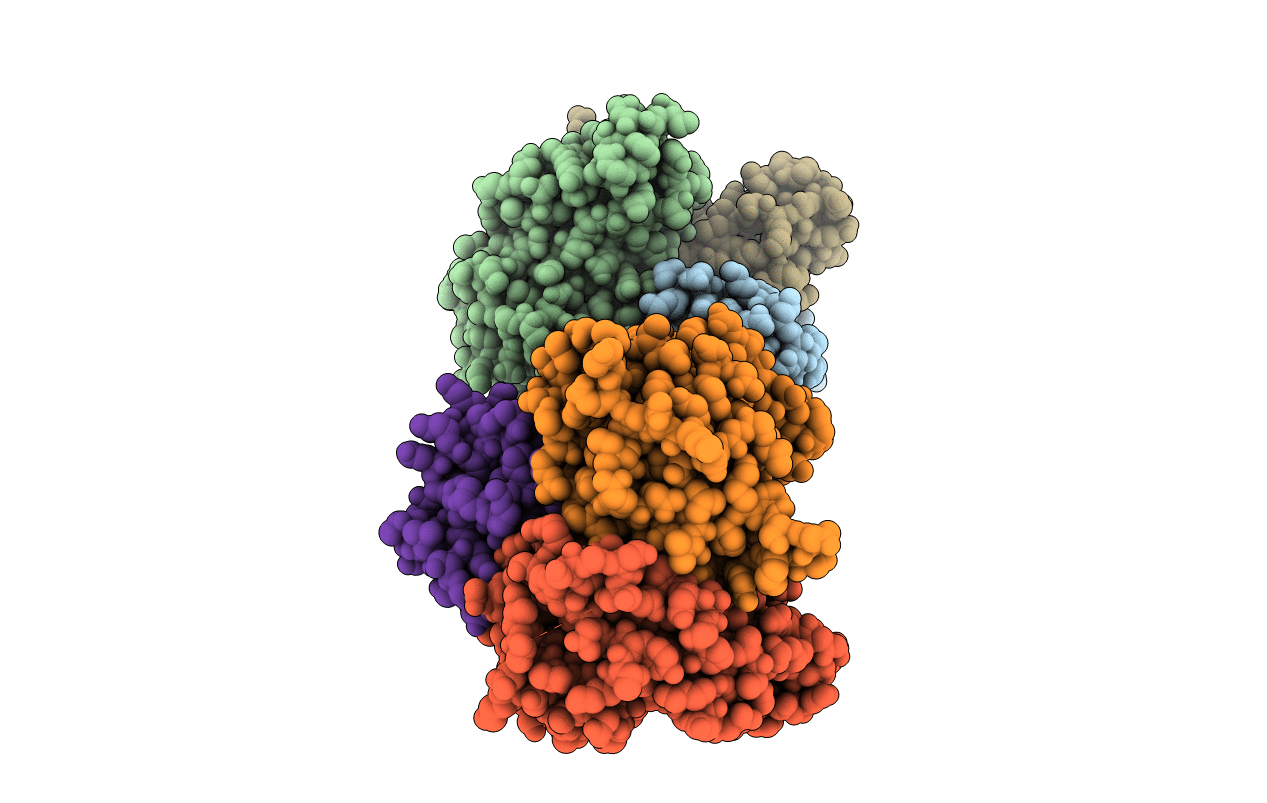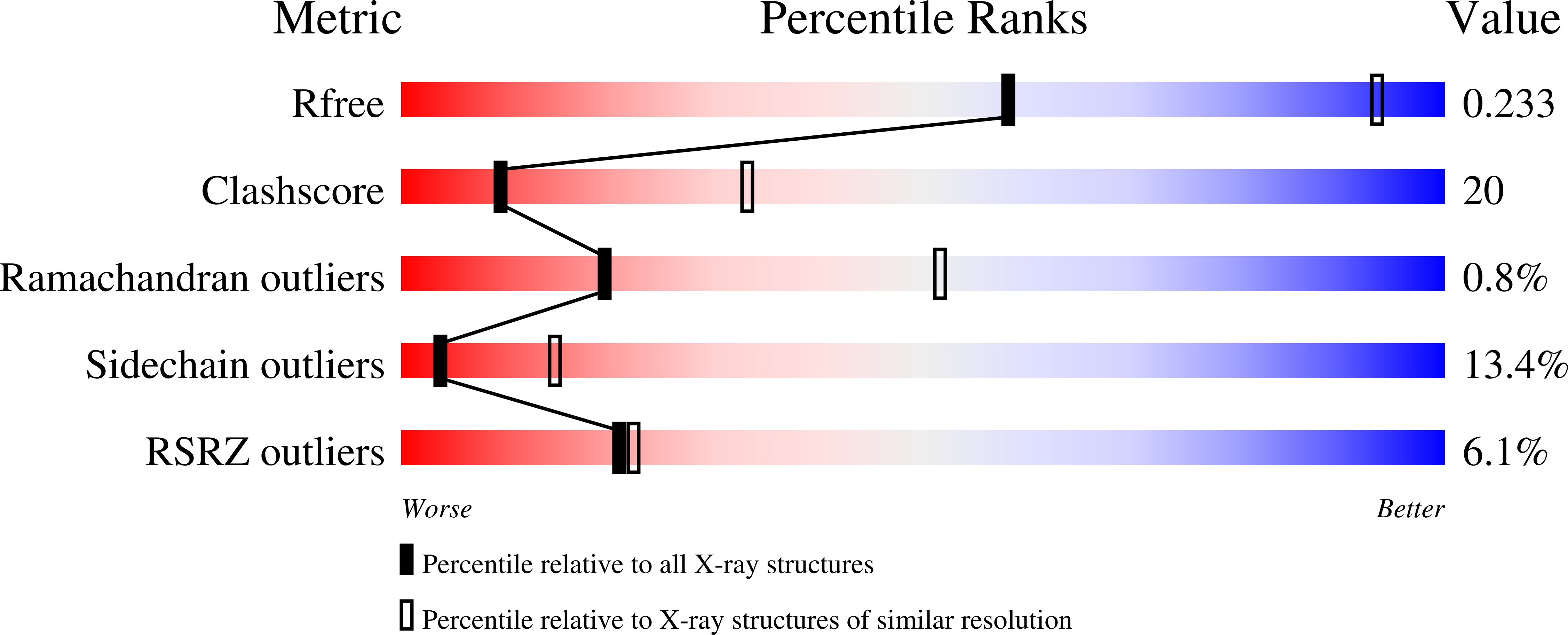
Deposition Date
2019-02-14
Release Date
2020-08-26
Last Version Date
2024-11-13
Entry Detail
Biological Source:
Source Organism:
Human adenovirus D10 (Taxon ID: 28275)
Host Organism:
Method Details:
Experimental Method:
Resolution:
3.39 Å
R-Value Free:
0.23
R-Value Work:
0.19
R-Value Observed:
0.20
Space Group:
P 63


